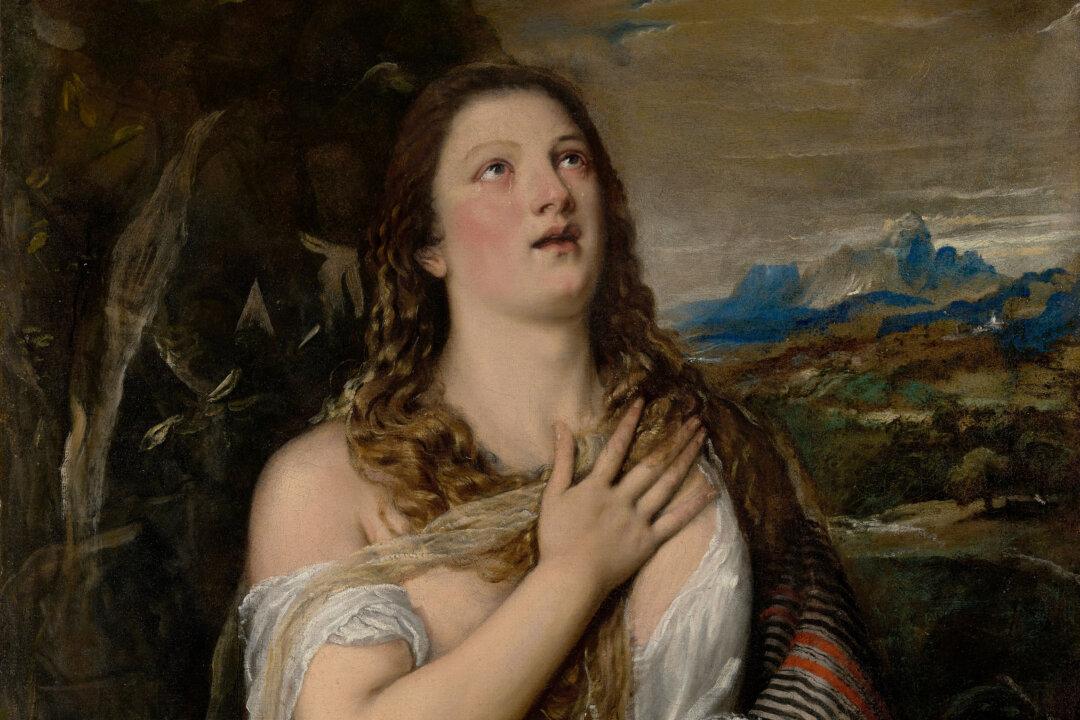Few biblical stories are better known than that of Mary Magdalene. According to the Roman Catholic interpretation, Mary is the adulteress whom Christ forgives—thus becoming a cultural symbol of atonement.
One of Jesus’s closest followers, Mary played a role in several events narrated in the Gospels. She was also the first to discover Christ’s empty tomb after his resurrection. Legends of Mary’s seclusion developed centuries after her death: Stories said she spent her remaining days as a hermit in prayer and penance. These accounts provided inspiration for religious art—including Italian Renaissance painter Titian (circa 1490–1576).





